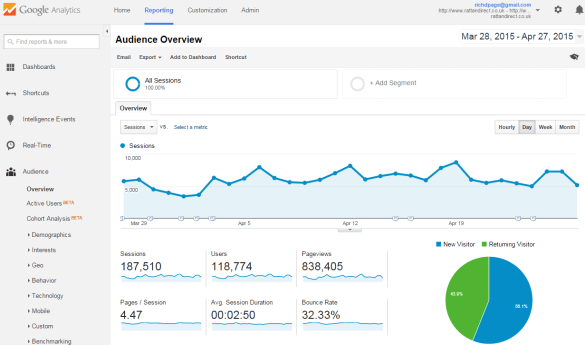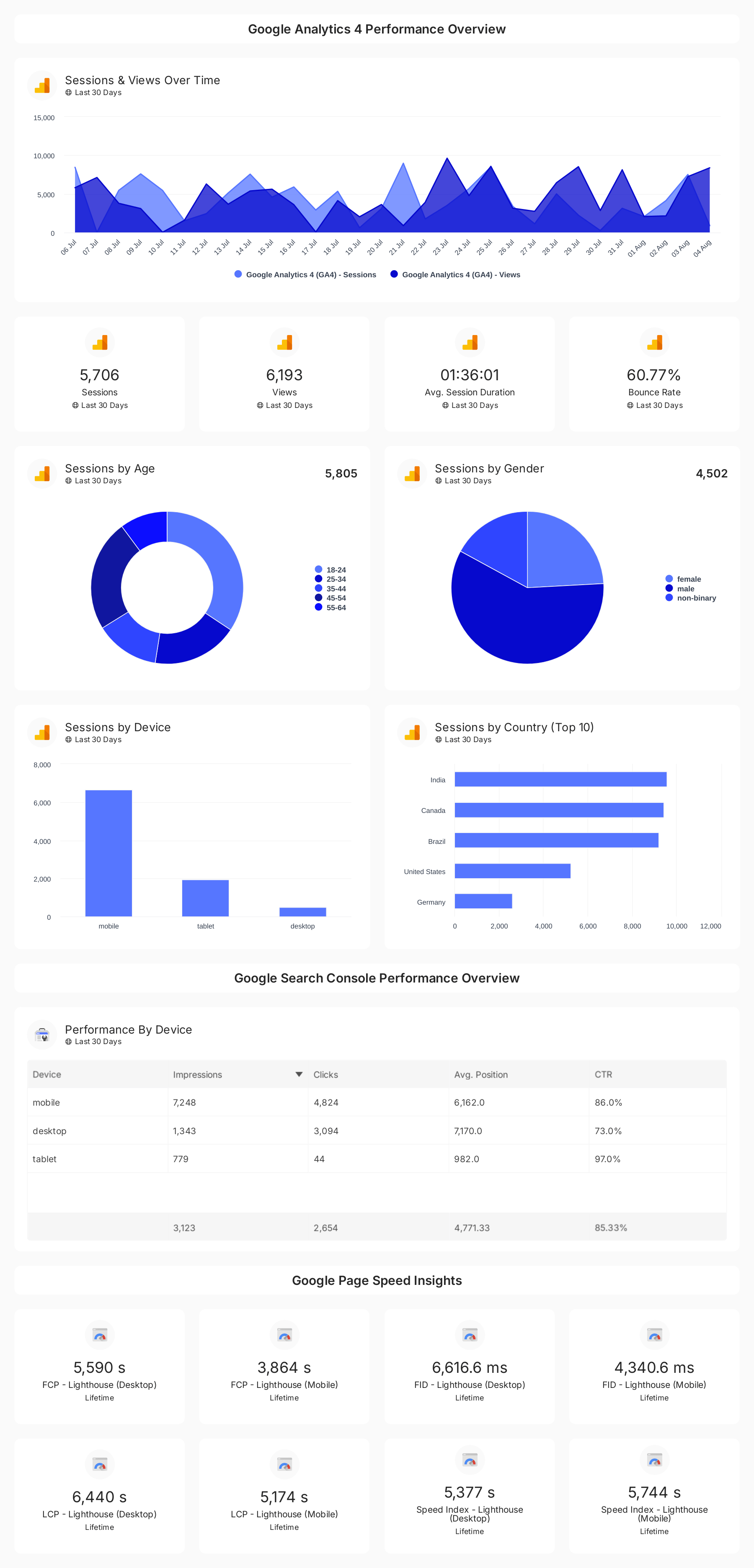Using data analytics to optimize website performance and growth involves systematically collecting, analyzing, and acting on data about how users interact with your website to improve user experience, increase engagement, and drive business goals.
Key steps and strategies include:
-
Set Clear Goals and KPIs
Define what you want visitors to achieve on your site (e.g., sales, leads, sign-ups) and establish measurable Key Performance Indicators (KPIs) such as conversion rate, bounce rate, session duration, and page views. This focus helps track progress and identify areas needing improvement. -
Use Analytics Tools to Track User Behavior
Tools like Google Analytics 4 (GA4), Microsoft Clarity, UXCam, and Statsig provide detailed insights into user interactions, traffic sources, demographics, and device usage. GA4’s event-driven data model and predictive analytics enable deeper understanding of user journeys and potential growth areas. -
Analyze Traffic Sources
Understanding where visitors come from—organic search, paid ads, social media, referrals—allows you to optimize marketing efforts by investing in high-performing channels and refining or dropping underperforming ones. -
Monitor Key Website Metrics
Track metrics such as unique visitors, page views, bounce rates, session duration, conversion rates, and exit pages. These metrics reveal user engagement levels and potential friction points on your site. -
Optimize Website Performance
Use data to identify technical bottlenecks affecting load times and responsiveness. Techniques include optimizing images (responsive images, lazy loading), compressing videos, and improving server response times. Tools like GTmetrix and Mozilla Developer Network resources help diagnose and fix performance issues. -
Continuous Testing and Experimentation
Employ A/B testing and experimentation platforms to test changes in design, content, or functionality based on analytics insights. This iterative approach ensures improvements are data-driven and effective. -
Leverage Predictive Analytics and Segmentation
Use advanced analytics features to forecast user behavior and segment audiences for personalized experiences, which can increase engagement and conversions. -
Regular Review and Adaptation
Schedule periodic reviews of analytics dashboards to monitor trends, assess the impact of changes, and adapt strategies accordingly. This keeps your website aligned with evolving user needs and market conditions.
By integrating these data-driven practices, businesses can enhance user experience, boost SEO and marketing effectiveness, streamline workflows, and ultimately drive sustainable website growth and improved ROI.




